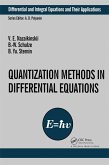
eBook, PDF
16. Mai 2002
Taylor & Francis
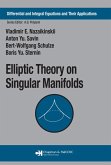
Broschiertes Buch
Softcover reprint of the original 1st ed. 1990
27. September 2011
Springer / Springer Berlin Heidelberg / Springer, Berlin
978-3-642-64765-9
Ähnliche Artikel
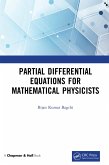
eBook, PDF
2. Juli 2019
Taylor & Francis
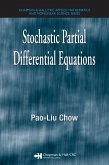

eBook, PDF
14. Juni 2000
Taylor & Francis
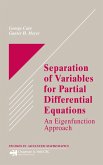
eBook, PDF
21. November 2005
Taylor & Francis
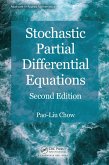

eBook, PDF
27. Februar 2003
Taylor & Francis
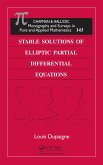
eBook, PDF
15. März 2011
Taylor & Francis
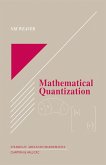
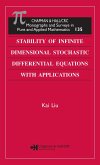
eBook, PDF
23. August 2005
Taylor & Francis
Ähnlichkeitssuche: Fact®Finder von OMIKRON
